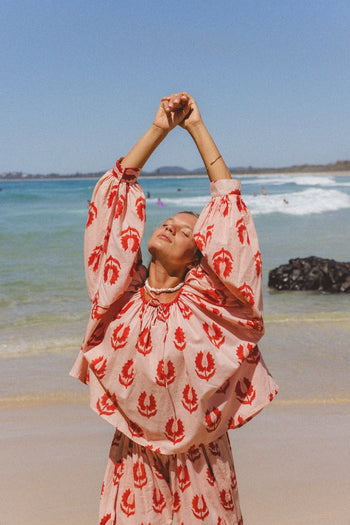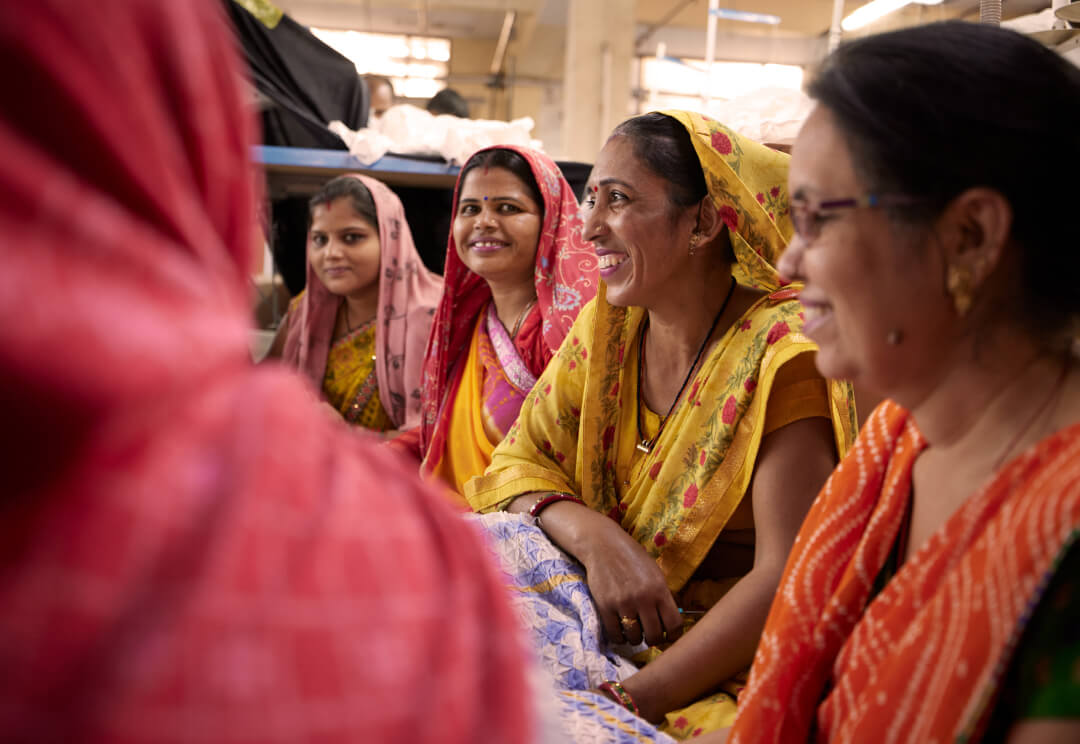Postcards from India Issue 8 | Yoga Philosophy


In amongst the wildness of the world, balance appears to be the clue to experiencing ultimate joy and fulfilment. In modern times many people are seeking balance through their spiritual quest of divine inner peace and happiness. We take a look into the philosophy of yoga, an ancient Indian practice, to help us define why balance is the key to liberation.
Union is one of the many meanings of the Sanskrit word yuj, of which the word yoga derives. It is the union of mind, body, and soul that is recognised as the philosophy of yoga. From our understanding, yoga originated in India some 5,000 years ago. Whilst there are numerous layers to the science of yoga, the wisdom inherent in its philosophy can be applied in every aspect of mundane life.
The cosmic dance of consciousness (purusha) and physical matter (prakriti) is our experience of existence. While consciousness is the transcendental self, matter is the source of the world becoming, composed of three essential characteristics. These are; rest, instability, and balance. All three properties are inherent in all beings, though they are experienced in different degrees of predominance. True equanimity is experienced through an equal balance of all three modes of existence.
The mind can easily fluctuate between these conditions, the goal is to discipline the fluctuations, observing and practising non-attachment. The ego can also hinder balance through the delusion of separating the mind, body, and soul from one another. Without the hindrance of separation, the mind can be centred, achieving equanimity.
In yoga, such knowledge is based upon the ideal that happiness is our true nature and change is the true nature of life. Balance gives rise to a pure state of awareness (atman) to experience everlasting peace, free from the cycle of death and rebirth (moksha). Such presence in the fullness of awareness is a divine connection with the heart of the mind, the heart of the universe, and all that is.
Practice of conscious breathing helps one remain present. The breath of eternal life, or prana, is our vital life force energy. Prana is of an immaterial cosmic feminine force known as shakti, in which all forms of nature are manifestations of. This life force circulates throughout the human body, shiva, in channels or energy meridians.
Chakras, or energy points, regulate prana, activating the coiled dormant energy known as kundalini. This awakening of the cosmic serpent is the physical, mental, and spiritual alignment with the universe, enabling the ultimate experience of unconditional love, and therefore the illumination of consciousness as one.
Yoga practice and pranayama breath control enables the flow of vital life force energy to cleanse and clear blockages in order to attain alignment and experience universal power.
When our breath is flowing freely and our minds are present with gratitude to the magic of all existence, it is here we experience the ethereal union of mind, body, and soul, liberating self as divinity in form. Whether or not you have ever practised yoga, the wisdom of this ancient philosophy is accessible to all of us in every single moment, through the simple presence of gratitude for breath, body, and mind.



(Words by Ella Josephine Archer)









